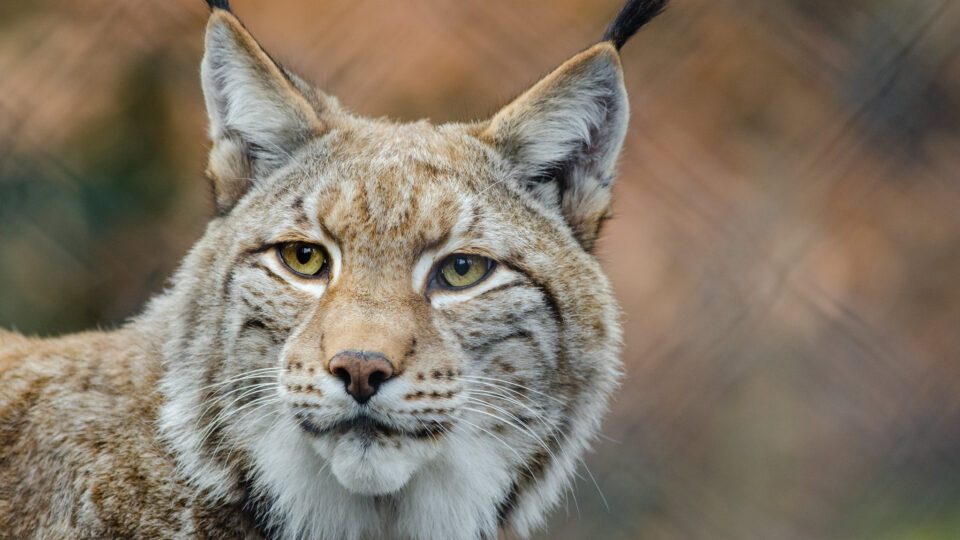Big cats are among the most widely recognized and admired animals in the world. But these charismatic predators face many and varied threats, including the loss of habitat and prey, conflicts with humans, poaching, and the illegal wildlife trade.
Researchers from the University of Reading in the U.K. have studied the fortunes of 50 species of large carnivores worldwide over the past 50 years. They found that social and economic factors, such as quality of life, were more closely associated with declines of large carnivore species than purely environmental factors, like habitat loss.
The study, which was recently published in the journal Nature Communications, suggests that the best way to save large carnivores, including lynx, bears, and lions, is to encourage a sustainable model of social and economic development instead of focusing exclusively on issues like climate change.
While rapid economic development pushes species to the brink of extinction, it’s also delivered enormous improvements in the quality of human life. But the analysis suggests that once people achieve a high quality of life and economic development slows, a turning point is reached and persecuted species have a chance to recover.
According to the research team, the recovery is a result of both improved habitat protections in advanced economies and a more harmonious relationship between people and predators. What would have once been considered a dangerous pest is now recognized as being an important part of both the ecosystem and culture.
In Western Europe, slower economic development and an improved quality of life have allowed populations of grey wolves to increase 1,800% since the 1960s.
**********
Web Links
Economics trump environment to save big cats, say ecologists
Photo, posted February 8, 2015, courtesy of Mathias Appel via Flickr.
Earth Wise is a production of WAMC Northeast Public Radio

